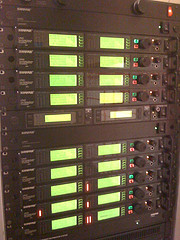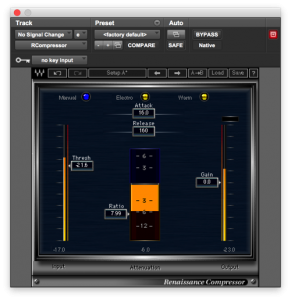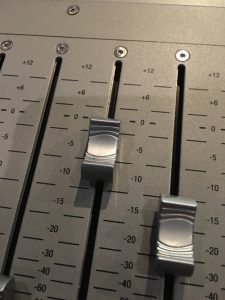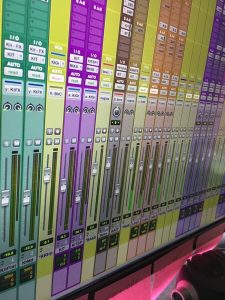
Tips from the Pros – Lock ‘Em Up
Here’s something simple that can really save you when using wireless microphones: Lock your mics.
Most professional wireless microphones have the ability to power and frequency lock the transmitter and receiver. This is especially handy on the transmitter because a locked microphone can’t be inadvertently turned off or reprogrammed. In essence, locking a wireless microphone makes it a hardwired mic that is always on until the batteries give out.
Whenever we put batteries in our handhelds, they get locked on. I typically just pull the batteries these days and leave the mics on and locked at all times. The same goes for most of our beltpacks except in some specific cases.
Occasionally we’ll get pushback from someone using a headworn/lav mic that they need to have control so they can have conversations without worrying about someone listening in. We try to stay very flexible in these cases and just make sure the talent understands it is their responsibility to make sure they turn their mic on before going on stage. When we find someone can’t handle that responsibility on a consistent basis, we lock the mic. The Shure Axient system has a great feature that allows you to lock the transmitter remotely from Wireless Workbench. While we were testing the system, I put that feature to good use when these types of situations arose.
In the future systems like Axient will likely be able to automatically mute and un-mute transmitters when talent walks into a stage zone. But in the meantime, it’s always a safe idea to just lock the mic on whenever possible. I’d suggest you consult your user’s manual and learn the procedure for locking your mics. Then print out the process and post it where you store your microphones.


 Previous Post
Previous Post






Lectrosonics “introduced” that auto-muting technology almost two years ago (search for “Lectrosonics Boundary Squelch”). I’m still waiting… {wink}
Exactly, and if you don’t have fancy locking mics use electrical tape to cover up any buttons or switches.
One of the first things I did when getting started was to lock those wireless mics down and train everyone to trust me with the mute buttons from the back.
I’ve found that this applies to wired mics as well: there is (almost) no place for microphones with on/off switches on a stage.
Definitely. I do have one switch on stage on a mic, though. Our music director has a talkback mic he can use to talk to the band on the keys riser, and he has a footswitch he steps on to turn the mic on.
(Way) back in the day, there was a philosophy that switched mics “helped” with feedback by locally muting unused mics. Personally, when I used them, they created far more problems than they solved. Of course, when a vocalist’s mic isn’t lit, their first response is to give the AE the look of death. Then, with a sheepish, apologetic look they switch the mic on – which they turned off after the last set. And so another relationship building cycle with the worship team begins…
Last week I was running sound for a combined youth event in the church atrium. Since it was a youth event, I grabbed equipment from our youth room – rather than gear from the main auditorium – which included a couple classic 58’s…..with switches. During the sound check the leader noticed the switch on his mic and said with a smile: “oh, a switch.” I just turned and grinned. Note to self: new mics for the youth room.